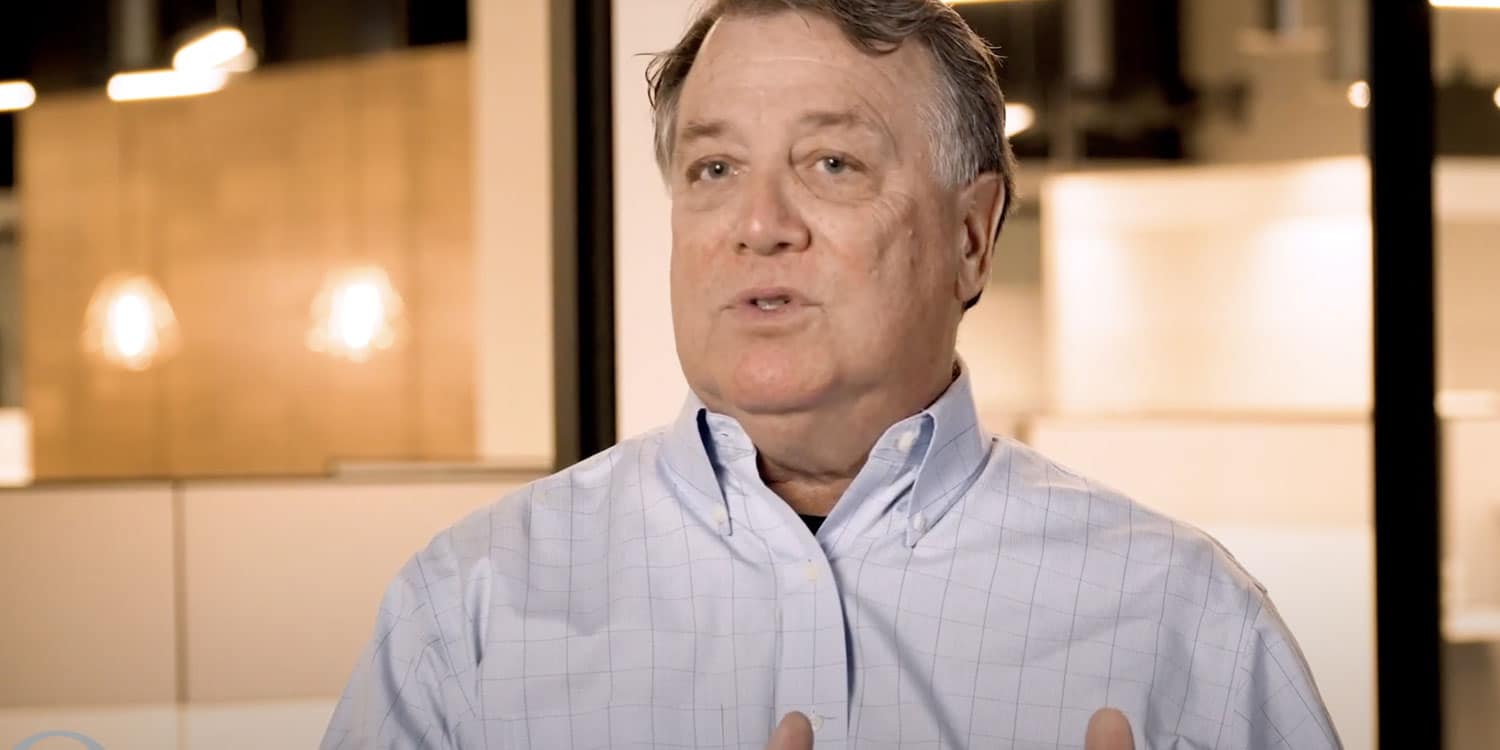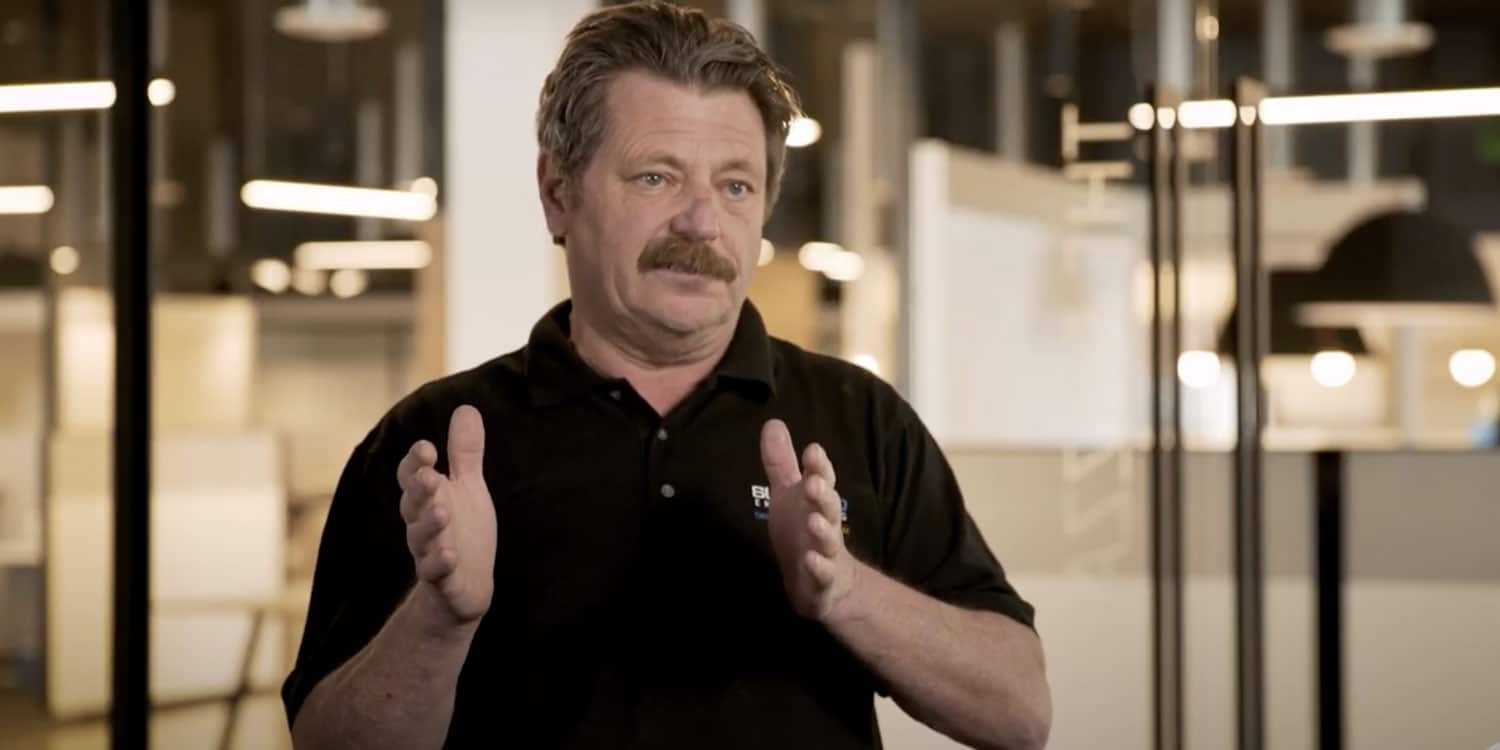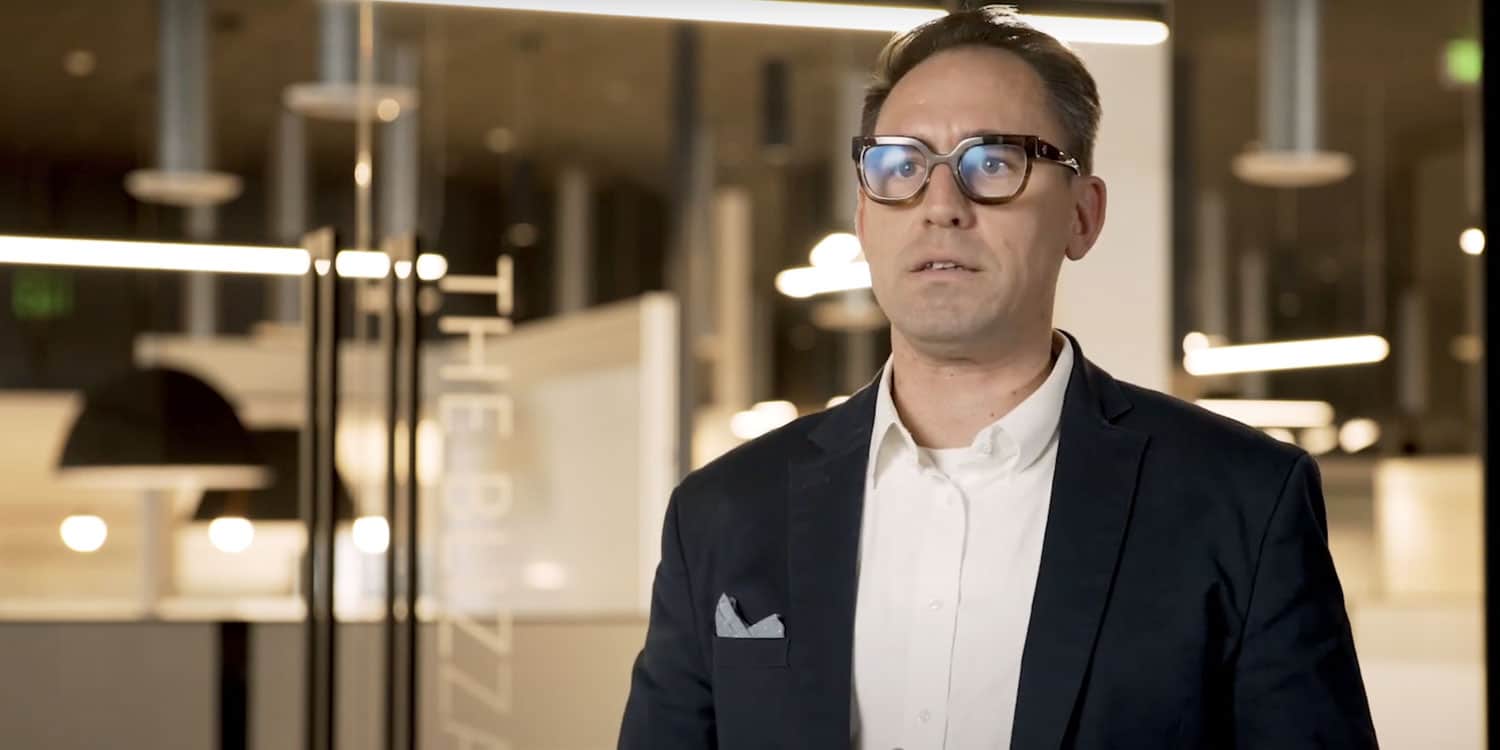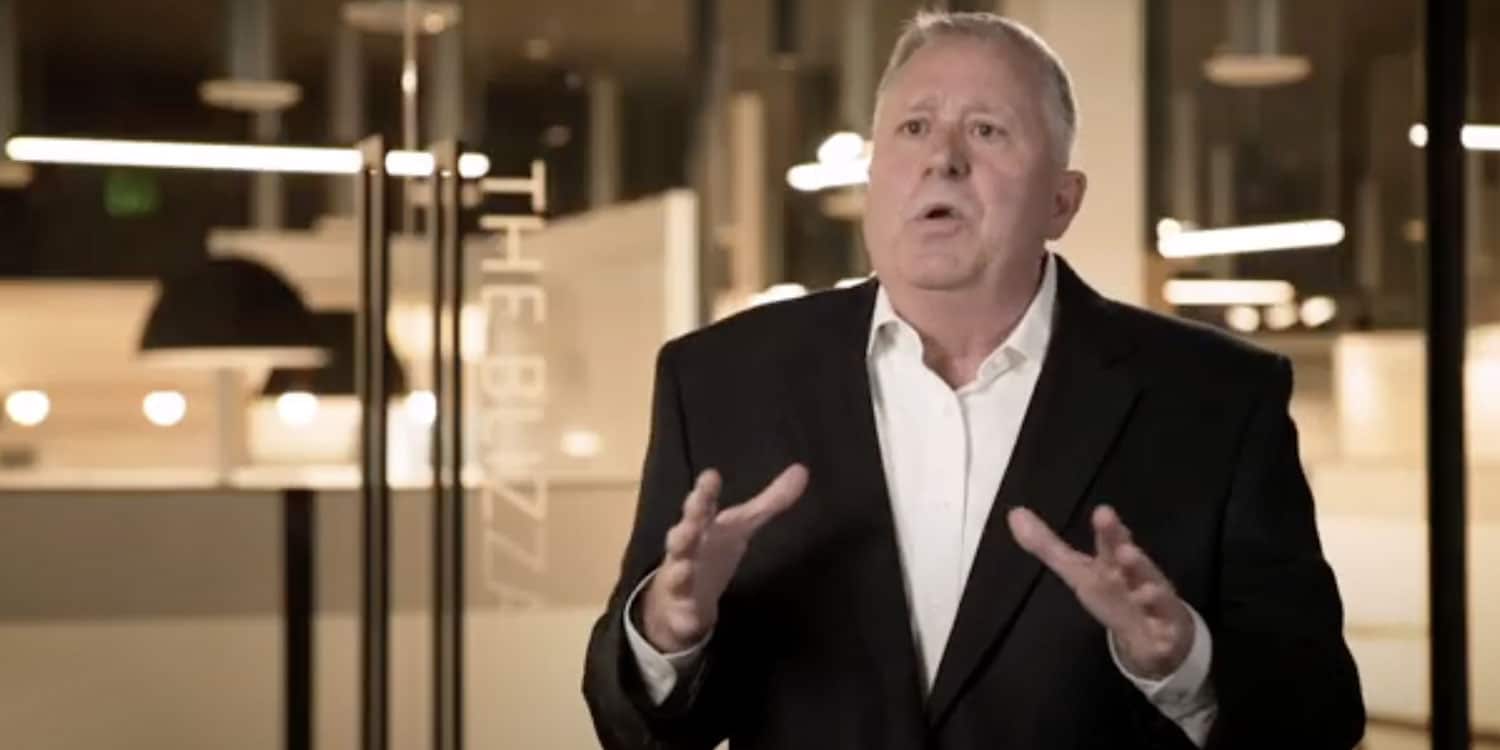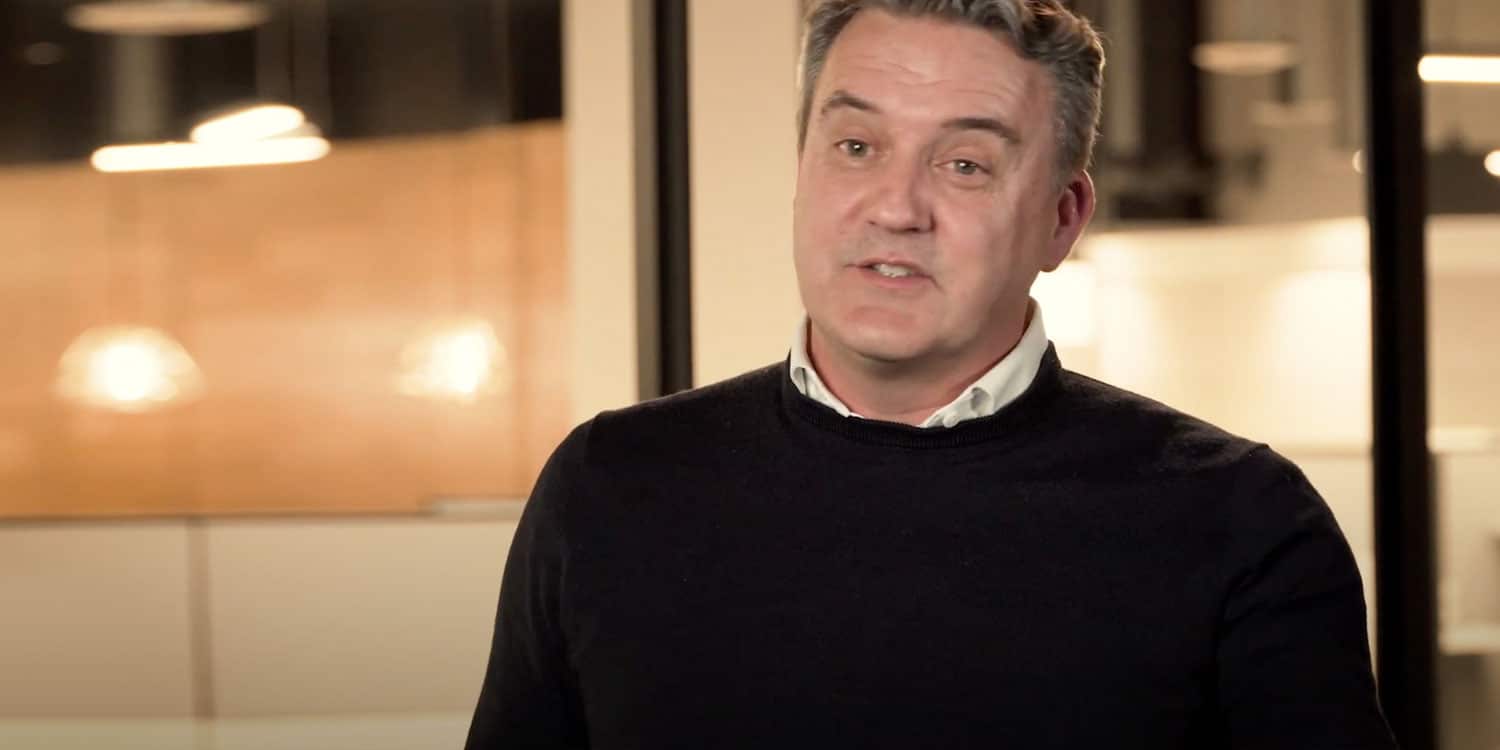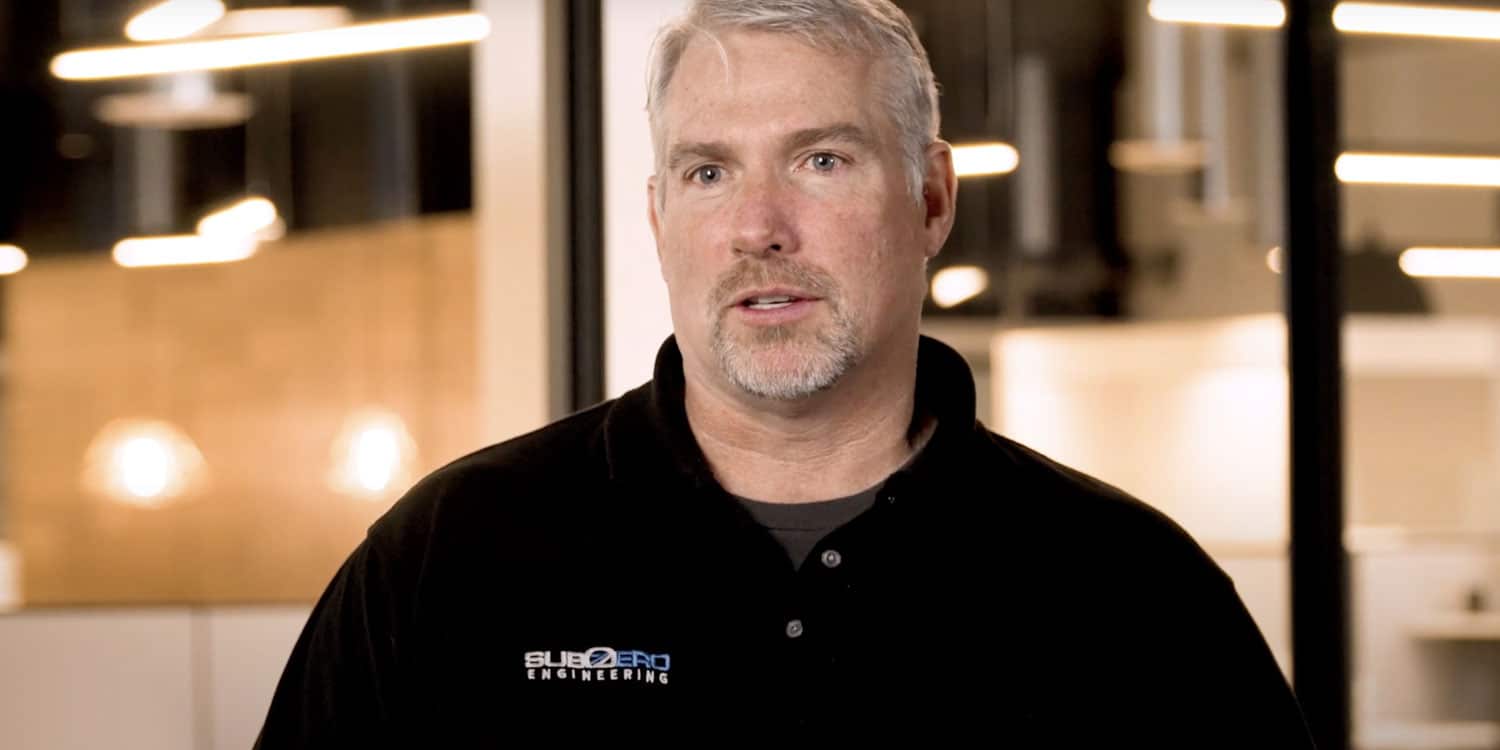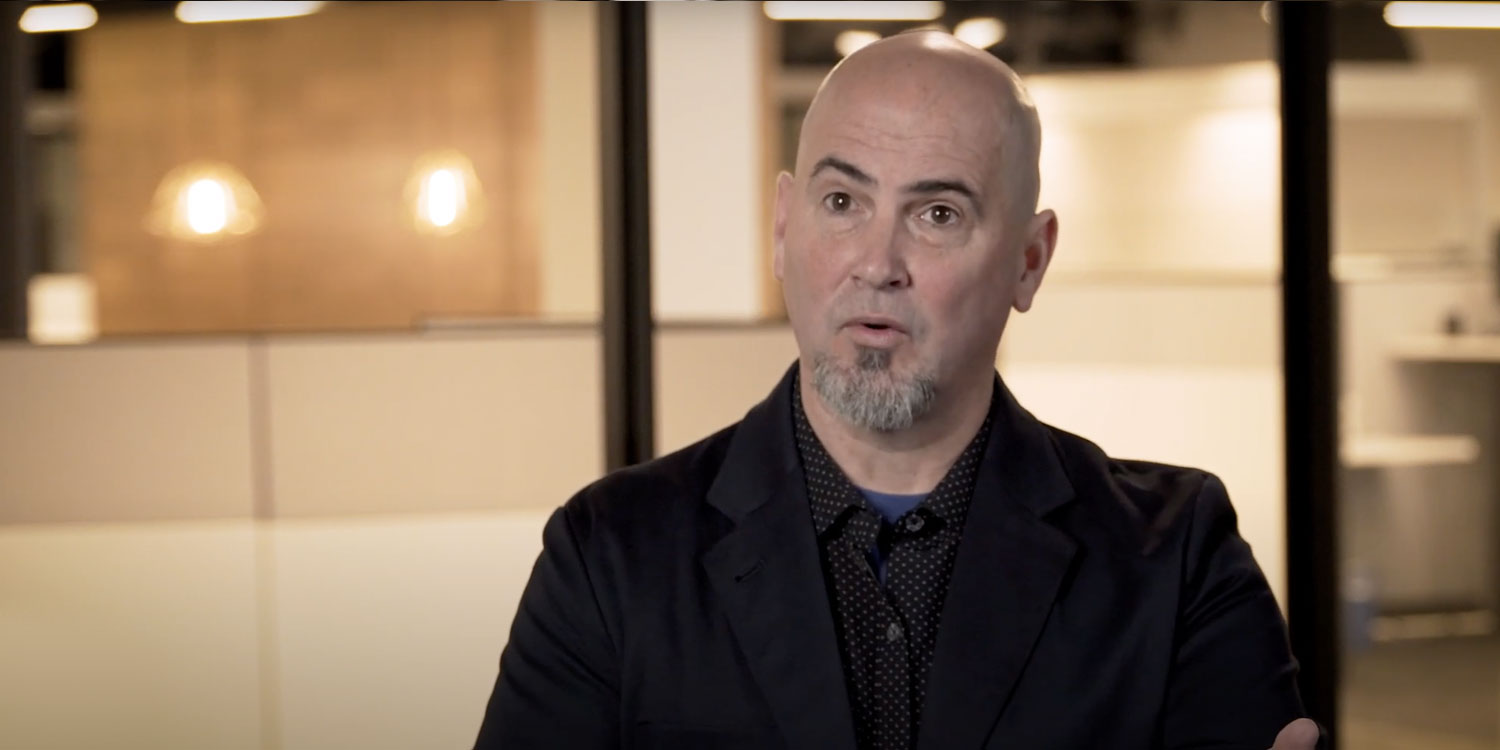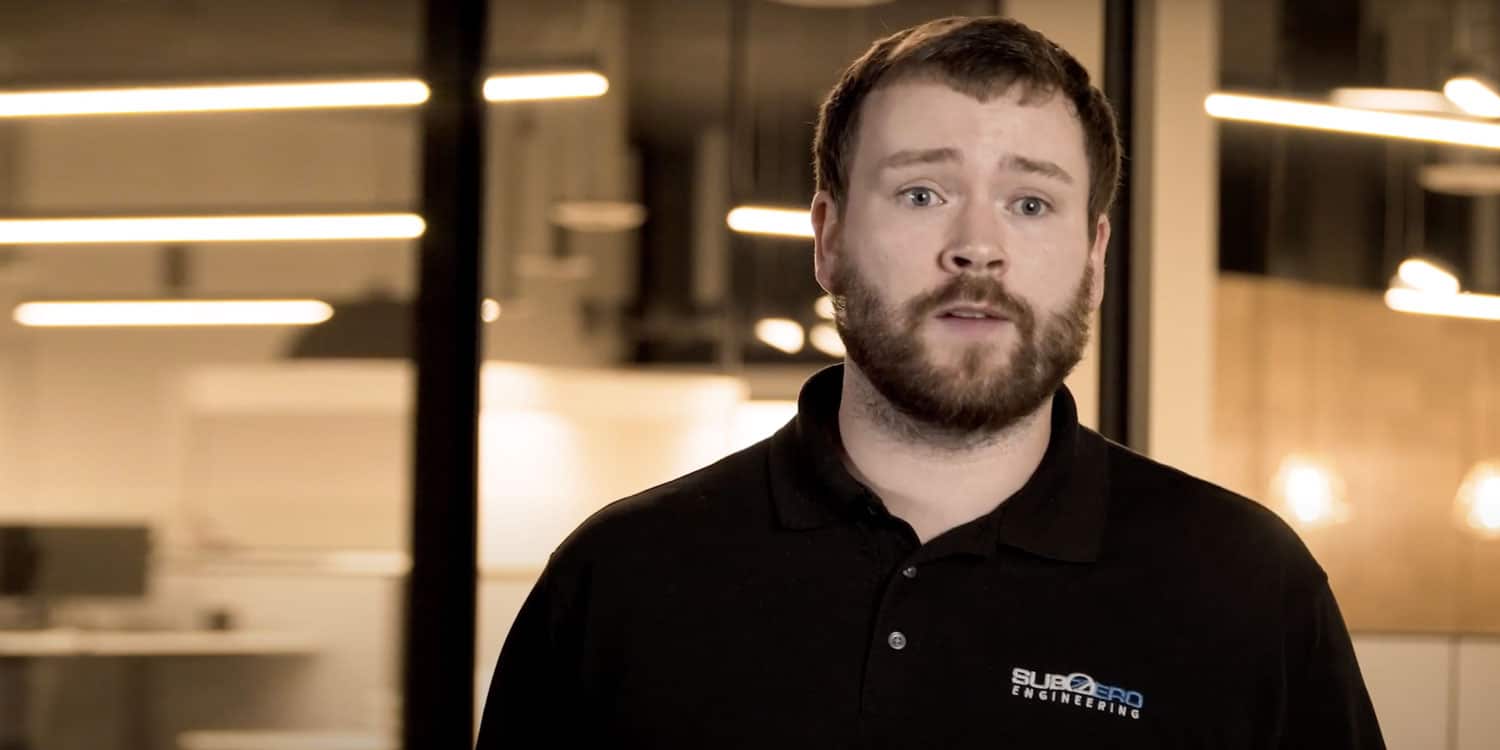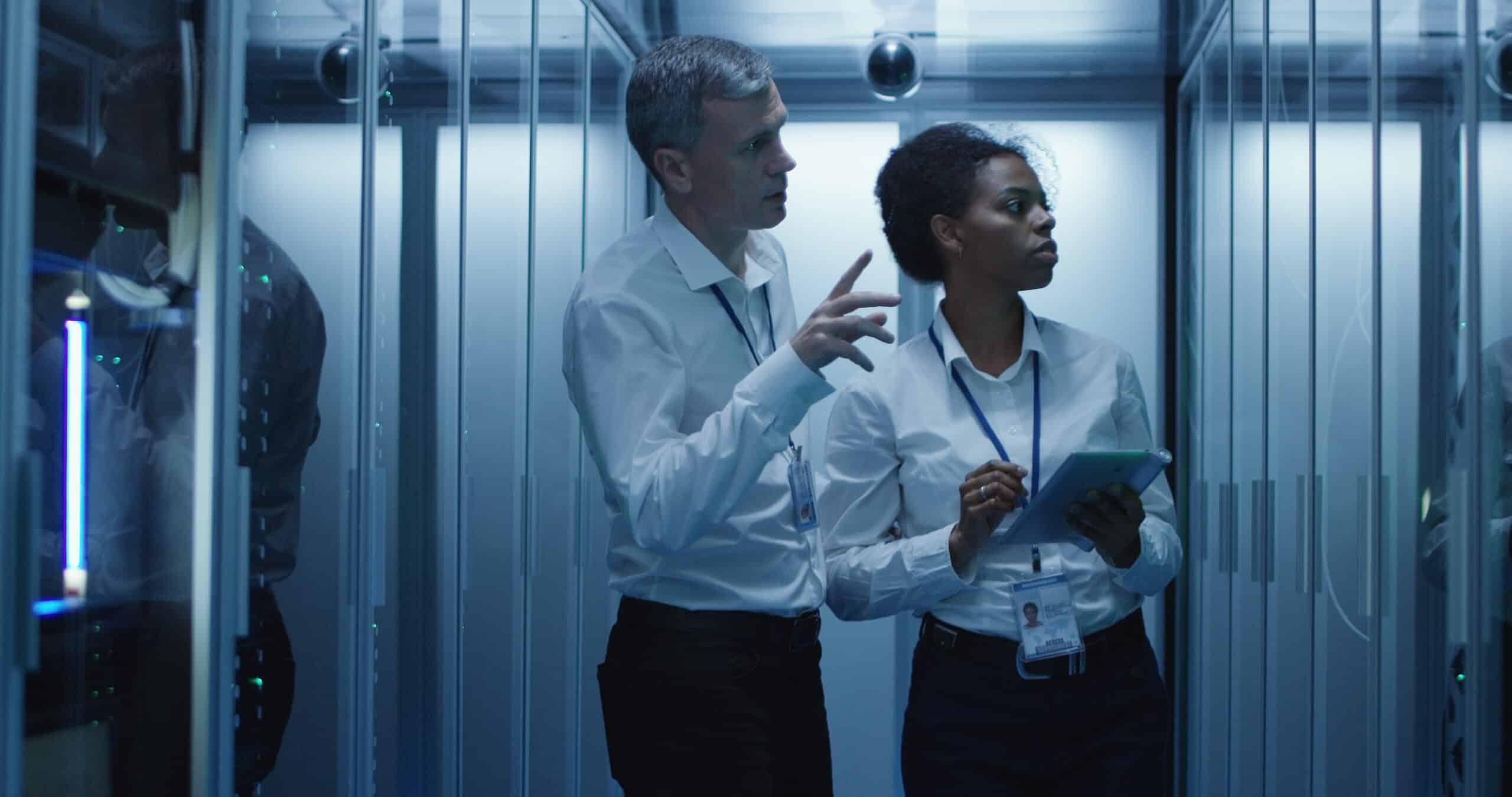In this episode of “The Expert Series” we welcome Liz Carranza, Customer Service Representative. Join us as Liz highlights the paramount importance of exceptional customer service and the central role it plays in our solutions, where the customer always comes first.
During our conversation, we also delve into:
- Effective problem-solving strategies.
- The unique and vibrant company culture at Subzero Engineering.
- Our dedication to advocating for customers.
Tune in for this enlightening discussion with Liz Carranza!





